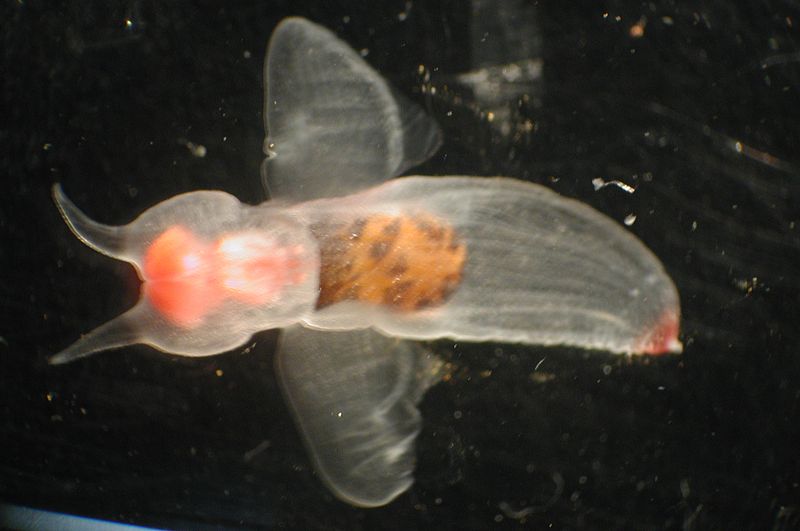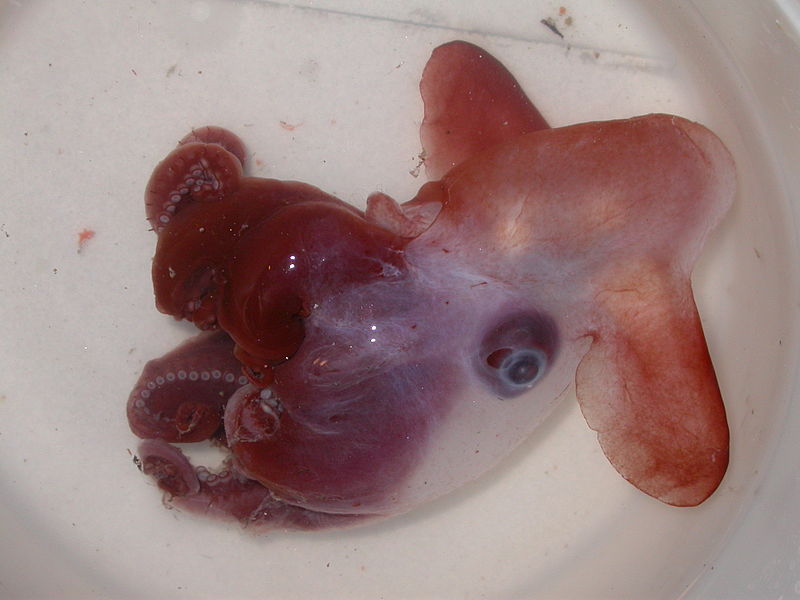 Hello, Frank Indiviglio here. Many of the 2,700 scientists involved in the Global Census of Marine Life are meeting this month (October 7-10, 2010) in London to discuss the information they have gathered over the past 10 years. In what is surely one of the largest scientific collaborations ever undertaken, researchers studied creatures ranging from microorganisms to whales in habitats stretching from pole to pole and shoreline to ocean abyss.
Hello, Frank Indiviglio here. Many of the 2,700 scientists involved in the Global Census of Marine Life are meeting this month (October 7-10, 2010) in London to discuss the information they have gathered over the past 10 years. In what is surely one of the largest scientific collaborations ever undertaken, researchers studied creatures ranging from microorganisms to whales in habitats stretching from pole to pole and shoreline to ocean abyss.
Grand Ecosystems and Grand Studies
It is impossible to overstate the importance of the world’s marine habitats and the billions of organisms that make their homes in them – from providing one half the world’s oxygen and much of humanity’s food to influencing climate the world over, their influence cannot be escaped.
The Global Census of Marine Life, which sought to document the diversity of life in these habitats, was designed on an equally impressive scale – spanning a 10 year period, it took thousands of scientists from 80 countries and 670 institutions on 540 major expeditions, at a cost of over $650 million dollars. Thirty million observations of over 120,000 species (over 6,000 of which were new to science), were logged, resulting in 2,600 academic papers and 3 major books. I’ve quickly reviewed one of the books, Citizens of the Sea (National Geographic), and found it to be well worth reading (please see article below for info on all 3 books). From hairy crabs to a fish bearing fangs on its tongue, the surprising creatures that came to light were legion (please see article below).
Many of the papers generated by census researchers are available on line, which should add greatly to their value by prompting wide readership, questions and comments. Numerous new research tools and methods were also developed, many of which may also be accessed on the Internet.
Sampling the Findings
Obviously, analysis of even a small portion of the information generated by Global Census of Marine Life will take quite some time. Consider, for example, that segment of the study that focused on marine microbes (microscopic organisms).
 Although they do their work out of sight and, for most of us, out of mind, microbes truly do rule the earth by shaping biological processes in each and every habitat. It was legendary scientist E.O. Wilson, I believe, who estimated that the life on earth would grind to a halt within a few weeks if all insects were to vanish. Without microbes, that period would be shortened considerably.
Although they do their work out of sight and, for most of us, out of mind, microbes truly do rule the earth by shaping biological processes in each and every habitat. It was legendary scientist E.O. Wilson, I believe, who estimated that the life on earth would grind to a halt within a few weeks if all insects were to vanish. Without microbes, that period would be shortened considerably.
Census researchers believe there may be over 1 billion microbe species in the sea – and we understand next to nothing about most of them. A single quart of sea water may contain 38,000 species of microbes (that’s species, not individuals!).
Well, those interested in marine life now have a few lifetimes’ worth of new info to mull over…please send along your thoughts on any interesting material you may come across.
Thanks, until next time,
Frank Indiviglio
Further Reading
You can learn more about the books and key findings generated by this study, and read comments from participating researchers here.
Amazing videos of creatures found during the census.
 That Fish Blog – Aquarium Advice and Information
That Fish Blog – Aquarium Advice and Information


Very nice article…i would like to know more about these…as i am a marine biologist…